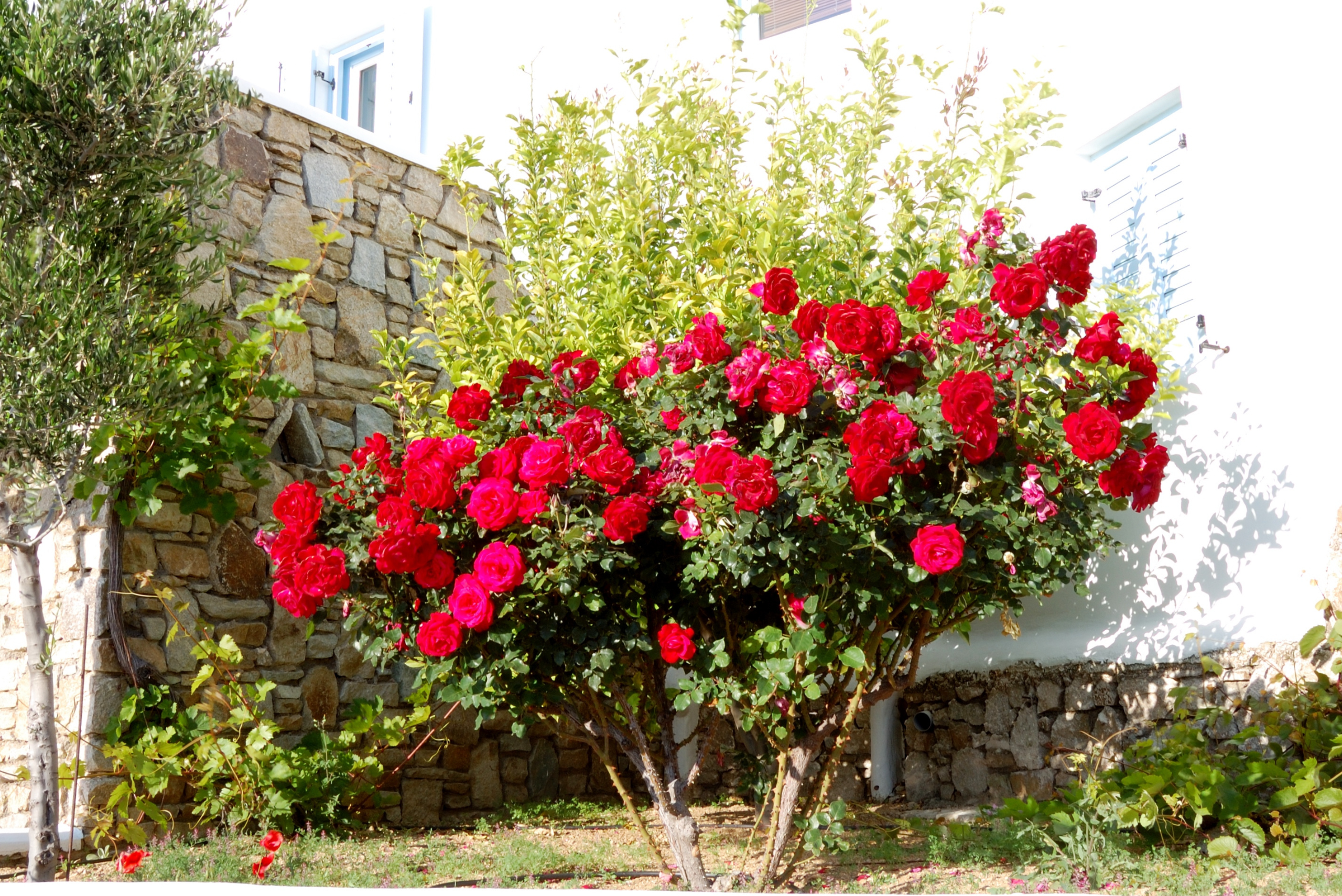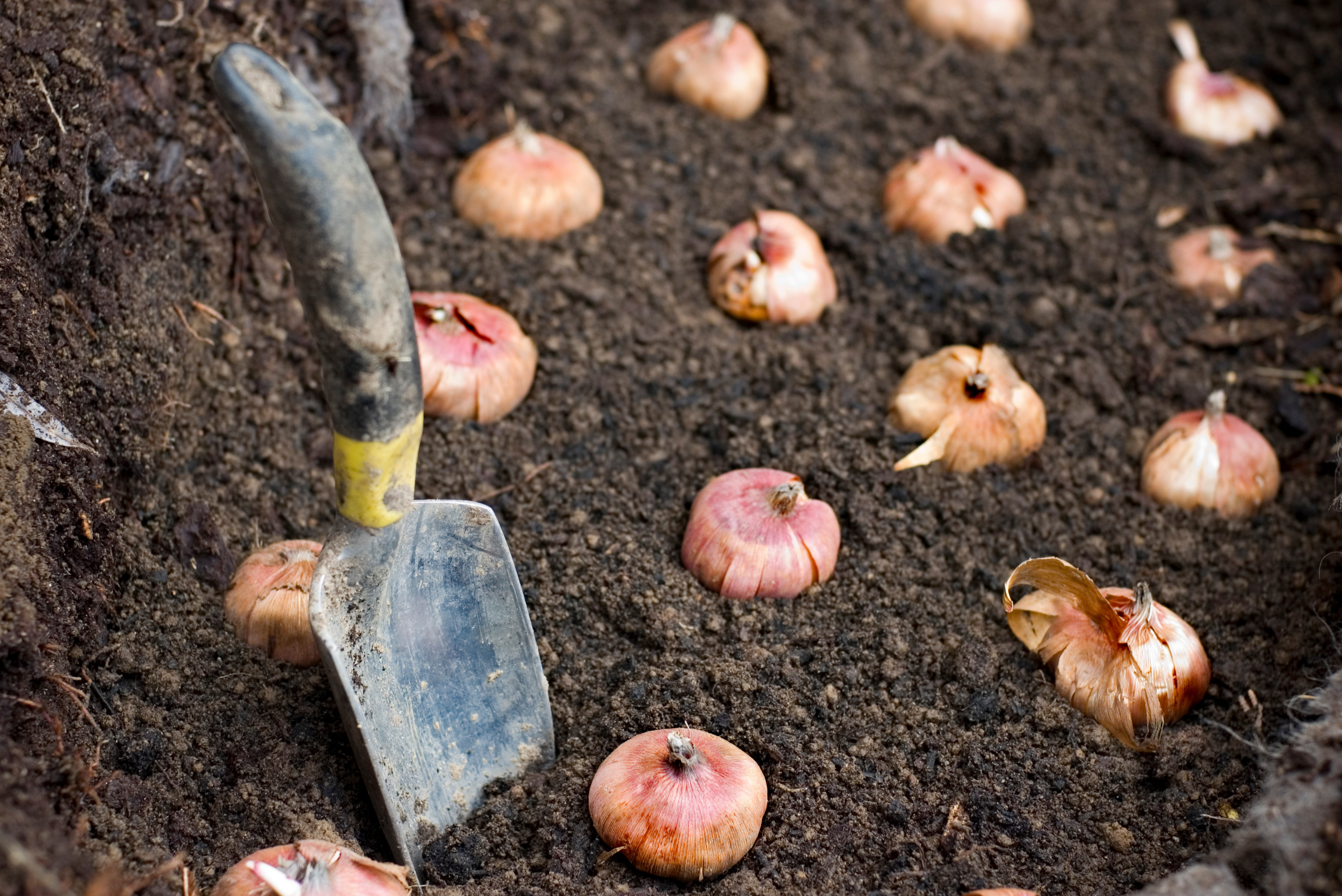Mulch Ado About Autumn: 7 Plants to Prepare for Winter
As the leaves begin to paint the landscape in warm hues, savvy gardeners know it’s time to prepare their green spaces for the coming winter. Fall mulching is a crucial step in protecting your plants from harsh weather and ensuring a vibrant spring comeback. But which plants need this extra TLC? Let’s explore seven plants that benefit most from a cozy mulch blanket before Jack Frost comes knocking.
1. Roses

Roses are the queens of the garden, but they’re also quite sensitive to winter’s bite. Mulching roses in the fall helps protect their roots from freezing temperatures and prevents the soil from heaving during freeze-thaw cycles. This is especially important for newly planted roses or those in colder regions. Use a thick layer of organic mulch, such as shredded leaves or bark, around the base of the plant, taking care not to pile it against the stems.
When mulching roses, create a mound about 8-12 inches high around the plant’s base. This not only insulates the roots but also protects the graft union in grafted roses. For climbing roses, you may need to provide additional protection by wrapping the canes in burlap or frost cloth. Remember to remove some of the mulch in spring to allow the soil to warm up and prevent moisture-related issues.
2. Perennials

Many perennials benefit from fall mulching, especially those that are borderline hardy in your zone. Plants like chrysanthemums, coral bells, and black-eyed Susans appreciate the extra insulation mulch provides. The key is to wait until after the ground has frozen to apply mulch. This prevents rodents from nesting in the warm mulch and potentially damaging your plants.
When mulching perennials, use a light hand. A 2-3 inch layer of organic material like straw, pine needles, or shredded leaves is usually sufficient. Avoid piling mulch against the plant’s crown, as this can lead to rot. Instead, create a donut-shaped ring around the plant, leaving a small gap around the stem. This method protects the roots while allowing proper air circulation around the plant’s base.
3. Newly Planted Trees and Shrubs

Young trees and shrubs that were planted within the last year or two are particularly vulnerable to winter damage. Their root systems are not yet fully established, making them more susceptible to frost heaving and winter desiccation. Mulching these newcomers helps regulate soil temperature and moisture, giving them a better chance of survival.
Apply a 3-4 inch layer of organic mulch in a wide circle around the base of the tree or shrub, extending to the drip line if possible. Keep the mulch a few inches away from the trunk to prevent bark rot and rodent damage. For extra protection, consider using a tree wrap on young, thin-barked trees like maples or fruit trees to prevent sunscald and frost cracks.
4. Bulbs

Fall-planted bulbs like tulips, daffodils, and hyacinths benefit from a protective layer of mulch. While these hardy plants are designed to withstand winter, mulching helps prevent soil erosion and moderates temperature fluctuations that can cause bulbs to heave out of the ground. It also suppresses weed growth, giving your bulbs a head start in spring.
After planting your bulbs and watering them well, apply a 2-3 inch layer of mulch over the planting area. Lightweight materials like straw or pine needles work well, as they won’t compact and smother emerging shoots in spring. In areas with harsh winters, you can add an extra inch of mulch for additional protection. Remember to gently rake away some of the mulch in early spring to allow the soil to warm up.
5. Tender Herbs

Many culinary herbs are perennial but may struggle in colder climates. Herbs like rosemary, thyme, and sage can benefit from fall mulching to protect their roots and increase their chances of winter survival. This is especially important if you’re growing these Mediterranean natives in zones that push the limits of their hardiness.
Use light, well-draining mulch like pine needles or gravel around your herb plants. Apply a 2-3 inch layer, being careful not to cover the plant’s crown. For extra protection, you can create a windbreak using burlap or erect a cold frame over particularly tender herbs. In spring, gradually remove the mulch to allow the soil to warm up and prevent water logging.
6. Berry Bushes

Berry bushes like strawberries, blueberries, and raspberries appreciate good mulching before winter sets in. For strawberries, mulching helps protect the crowns from freezing temperatures and prevents frost heaving. Blueberries and raspberries benefit from mulch, which helps retain soil moisture and suppress weeds, which can compete for nutrients.
For strawberries, wait until the ground has frozen, then apply a 3-4 inch layer of straw or pine needles over the plants. Remove this mulch in spring when you see new growth. For blueberries and raspberries, apply a 2-3 inch layer of organic mulch-like wood chips or shredded leaves around the base of the plants, extending to the drip line. Avoid piling mulch against the stems to prevent rot.
7. Vegetable Gardens

While most vegetable gardens are cleared out by fall, some gardeners practice overwintering certain crops or use cover crops. Mulching your vegetable beds in the fall can help improve soil structure, suppress weeds, and provide a head start for spring planting. It’s also an excellent way to recycle garden waste and add organic matter to your soil.
Spread a thick layer of organic mulch like shredded leaves, straw, or compost over your cleared vegetable beds. This will protect the soil from erosion and compaction due to winter rains and snow. As the mulch breaks down over winter, it will enrich your soil with valuable nutrients. In spring, you can either work this mulch into the soil or push it aside for planting, depending on your gardening method.
Related Articles
- Prepare Your Garden for Fall with These 8 Simple Tips
- Mastering the Art of Landscaping Balance Between Lawn and Not-Lawn
- 7 Creative Ways to Repurpose Fallen Leaves
Fall mulching is a simple yet effective way to protect your plants and prepare your garden for the coming spring. By focusing on these seven types of plants, you’ll ensure that your garden not only survives winter but thrives when warmer weather returns. Remember to use appropriate mulching materials, apply them at the right time, and remove or adjust the mulch in spring as needed. With these tips in mind, you’ll be well on your way to a healthier, more resilient garden that’s ready to burst into life when spring arrives.
Ready to start your next project? Join our DIY community to receive tool tips, how-to guides, and exclusive creative insights. Subscribe to the ManMadeDIY newsletter now! Click here to unlock a world of hands-on inspiration.









